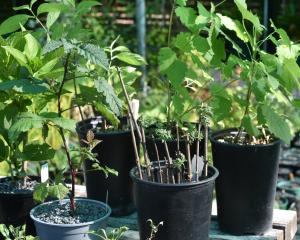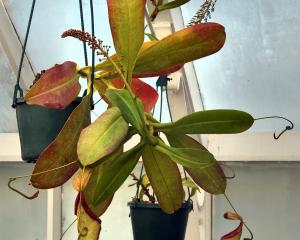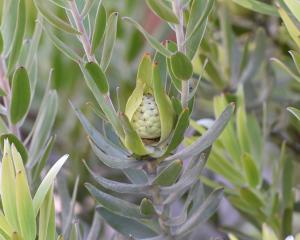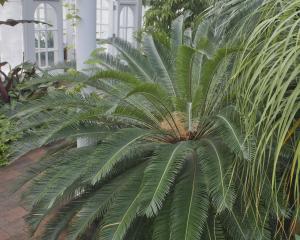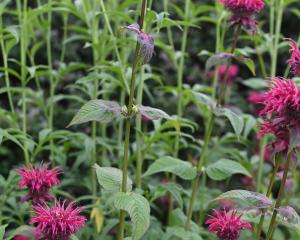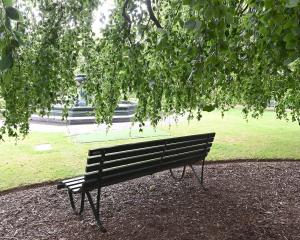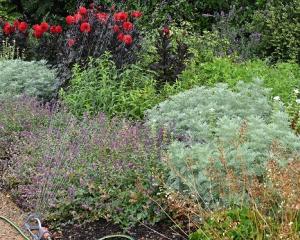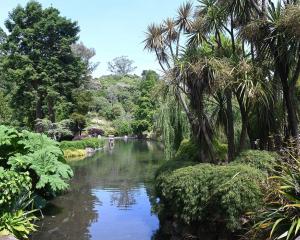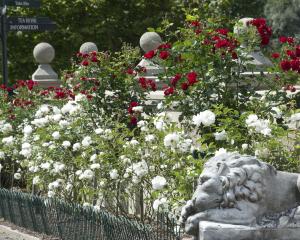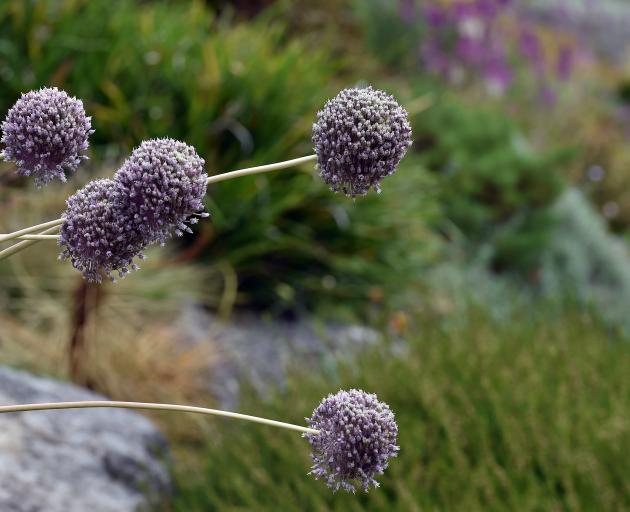
As flowers fade and plants produce seed, it can be considered a blessing, or a curse. Whether you remove them, and at which stage of their development, is a matter of both choice and good management.
Seedheads can be extremely ornamental, such as fluffy Pulsatilla, soldier-like Cardiocrinum and the large Allium balls in the photograph. Often as beautiful and interesting as the flower itself, seedheads can prolong the display.
Producing seed requires a lot of energy. Removing spent flowers can help the plant to stay healthy and strong. Deadheading can also extend the flowering season - Arctotis responds well to this practice.
Seed is of course a means of reproducing. You may wish to save the seed to sow or give away to other enthusiasts. In this case you usually need to wait until the seed matures before harvesting.
Another method of increasing the plant's population is by allowing it to self-seed and germinate in situ. This can be a great time saver - no collecting, sowing, potting or planting required. This is excellent for small short-lived annuals and perennials such as Aurinia and Primula.
The flipside is when you don't want seedlings invading your and your neighbours' gardens. Dierama looks absolutely stunning - its arching wands dripping with seedpods until deadheading is left too late and you are severely punished by having to remove thousands of seedlings.
To seed or not to seed?
- Garden Life is produced by the Dunedin Botanic Garden. For further information contact Robyn Abernethy.




